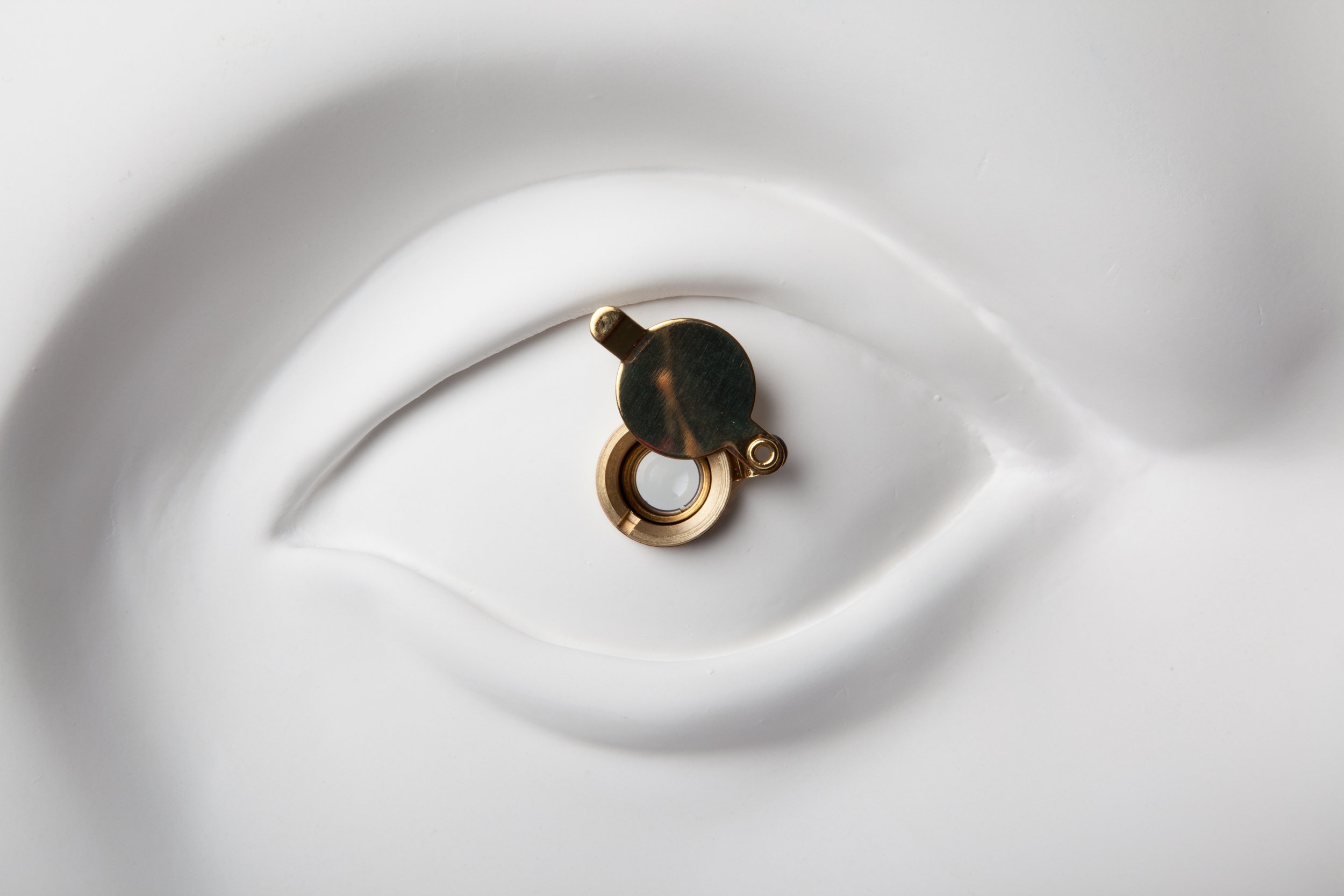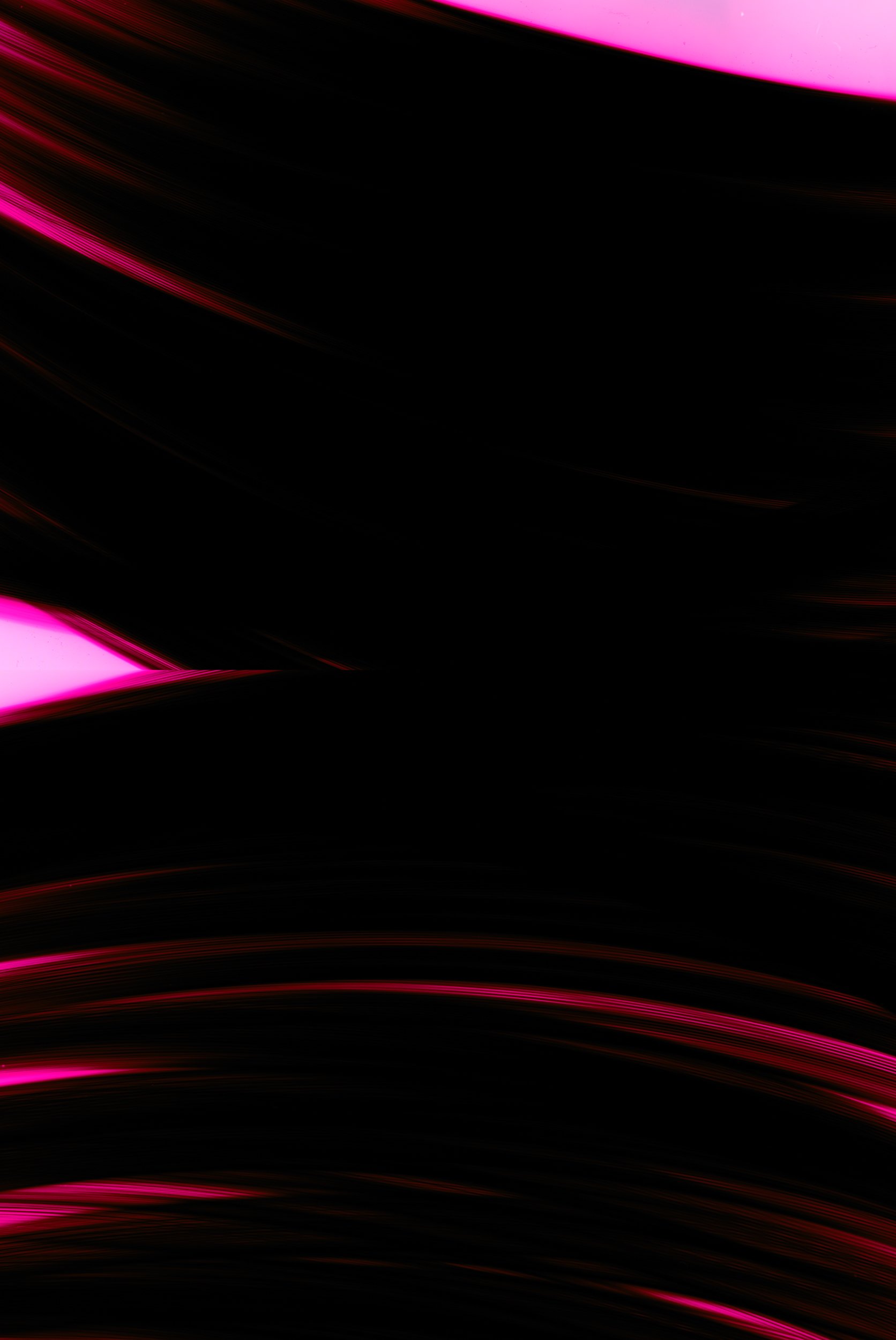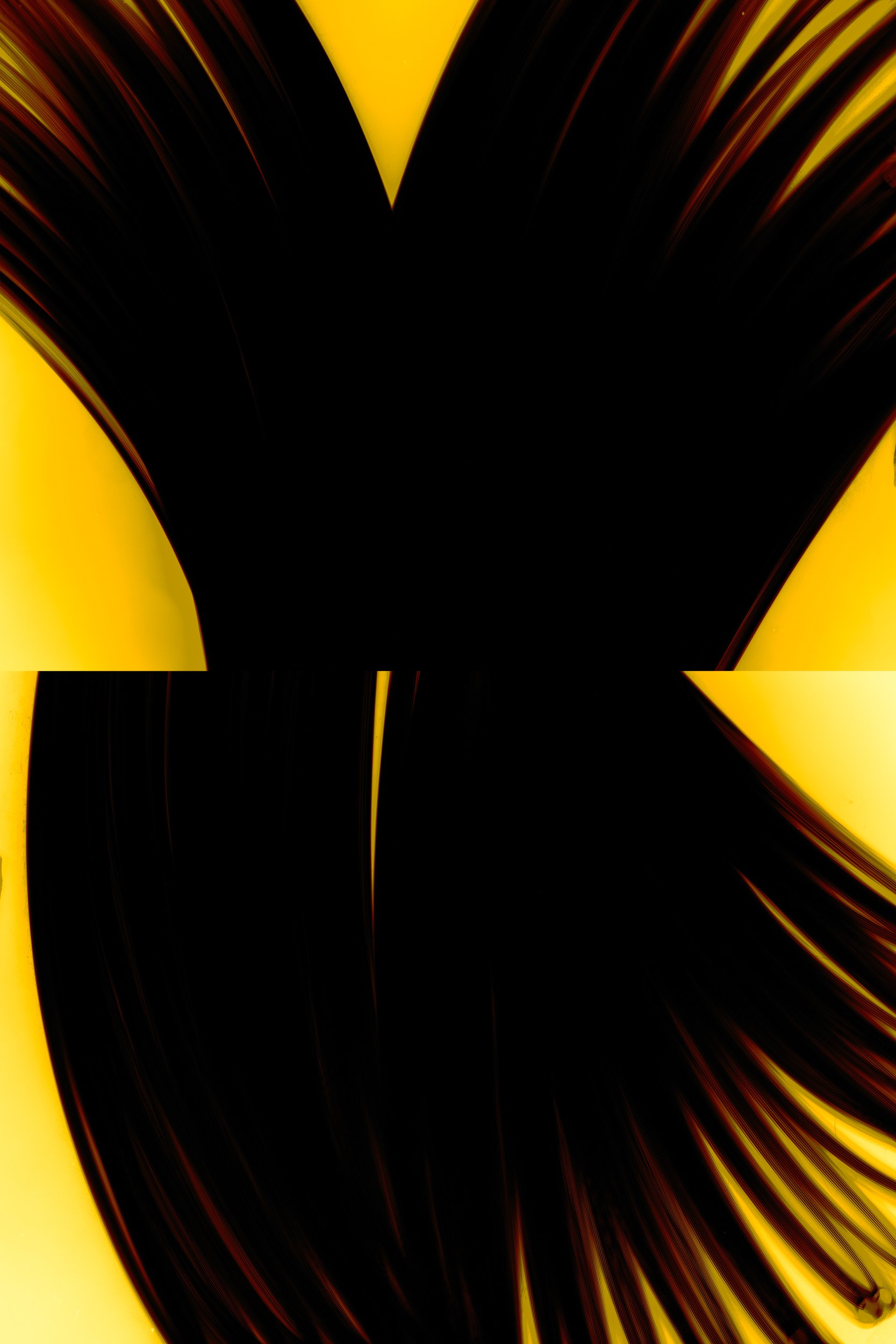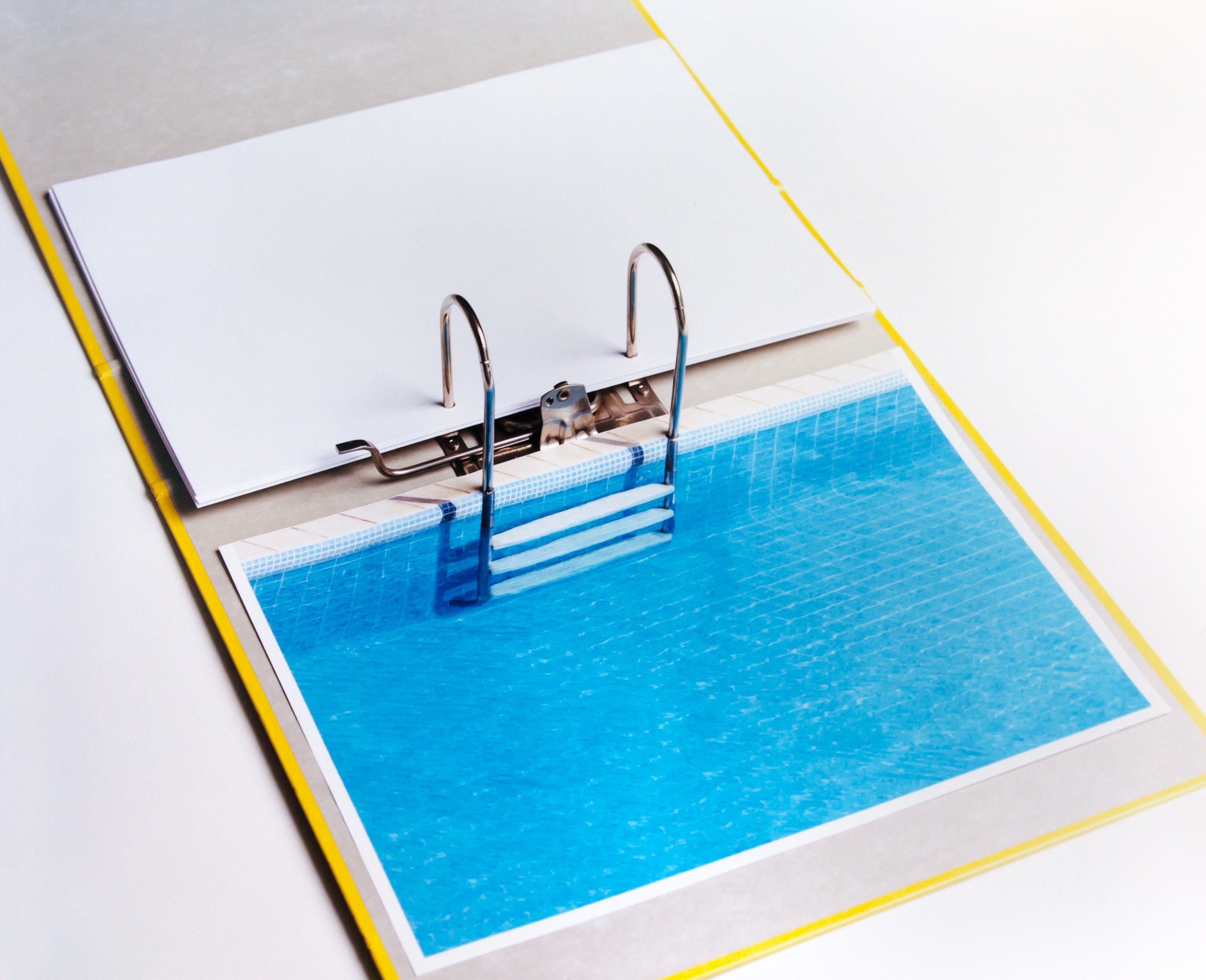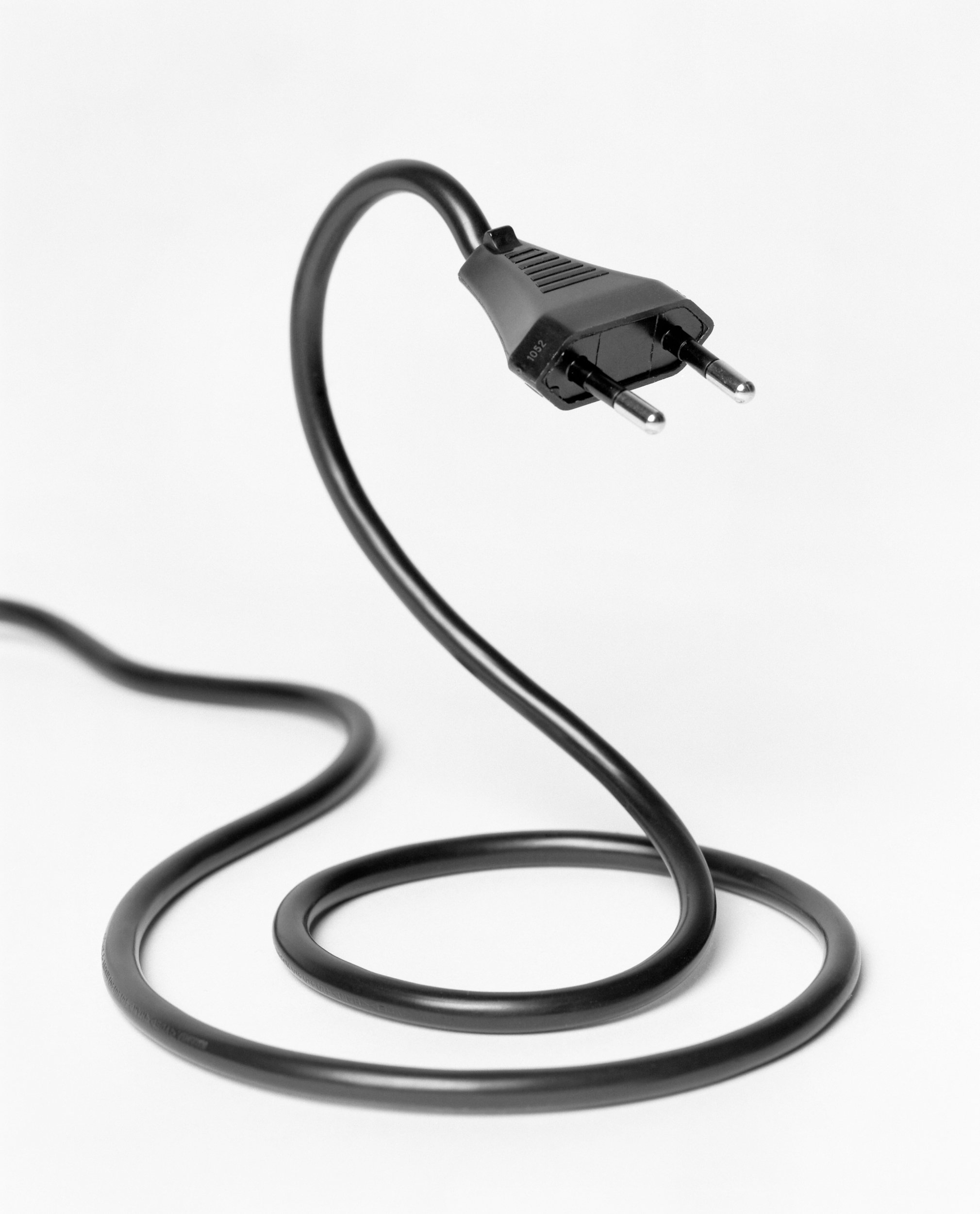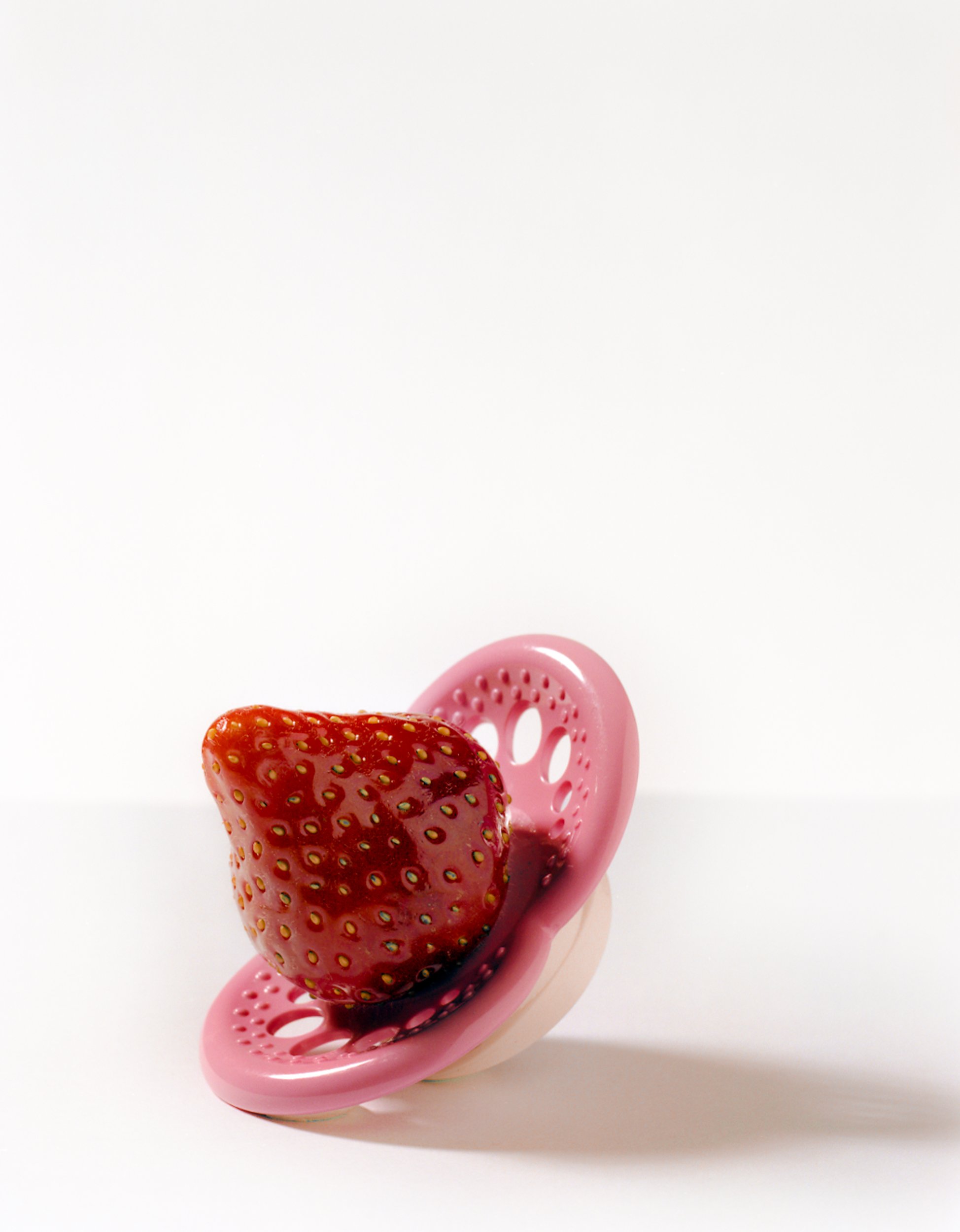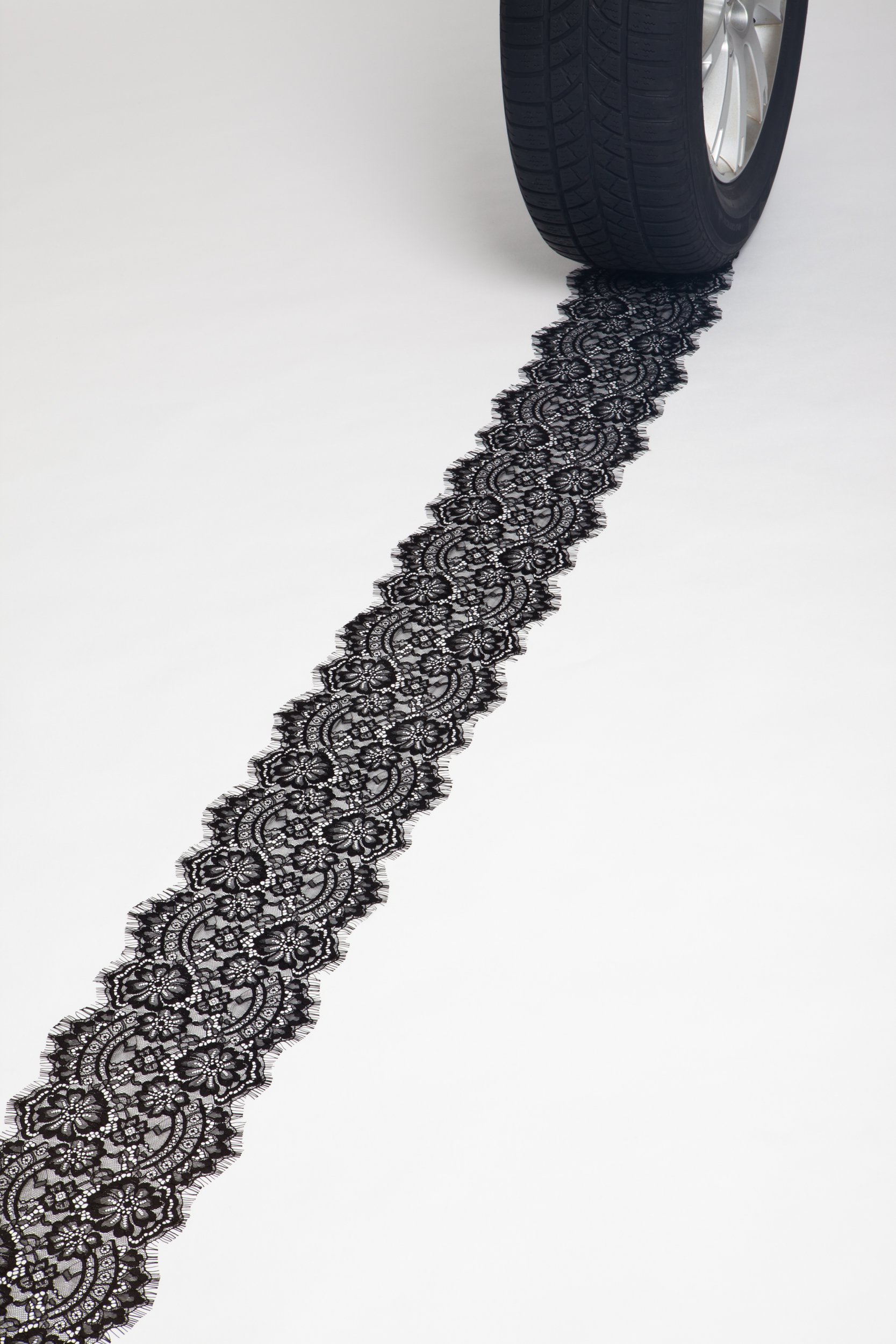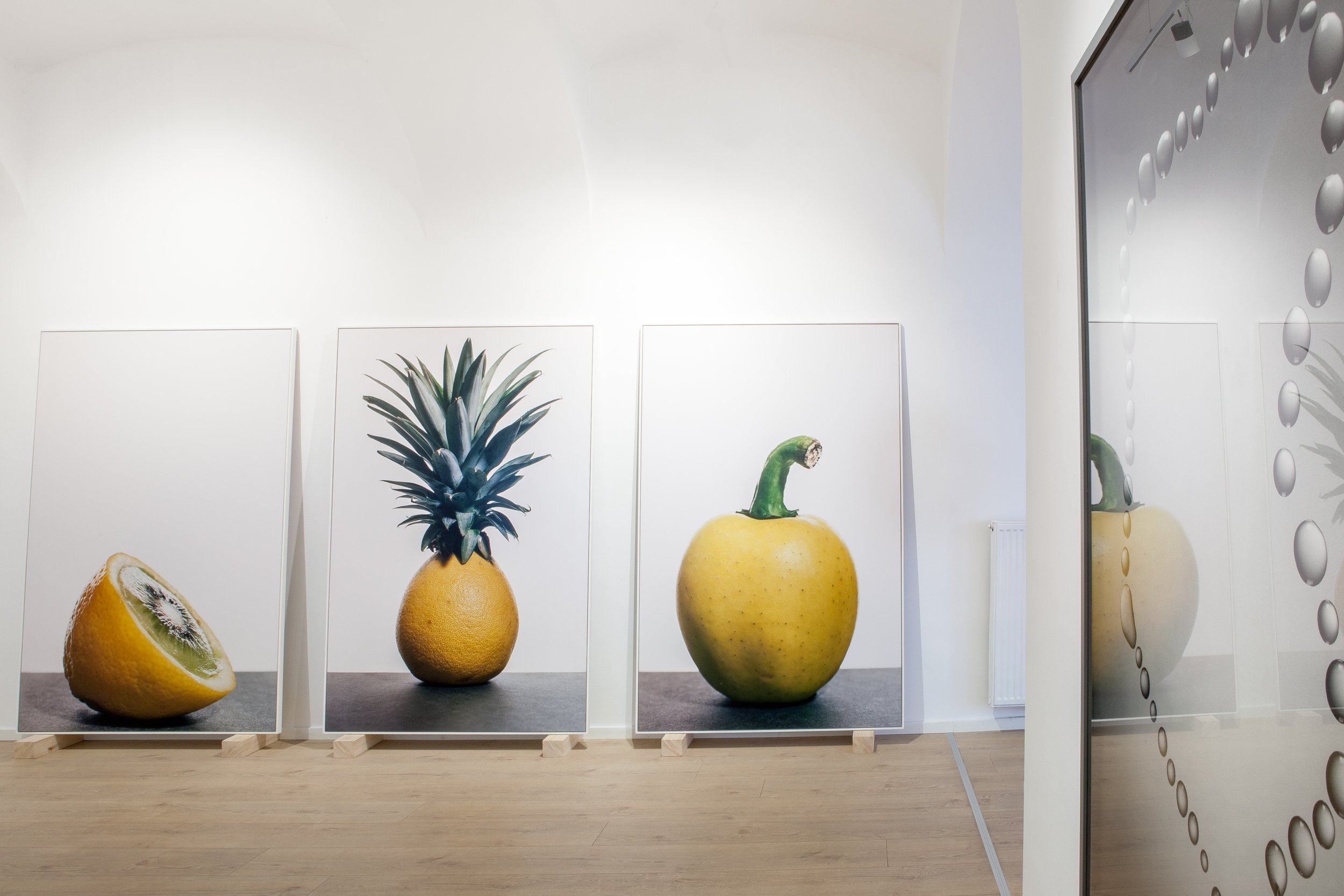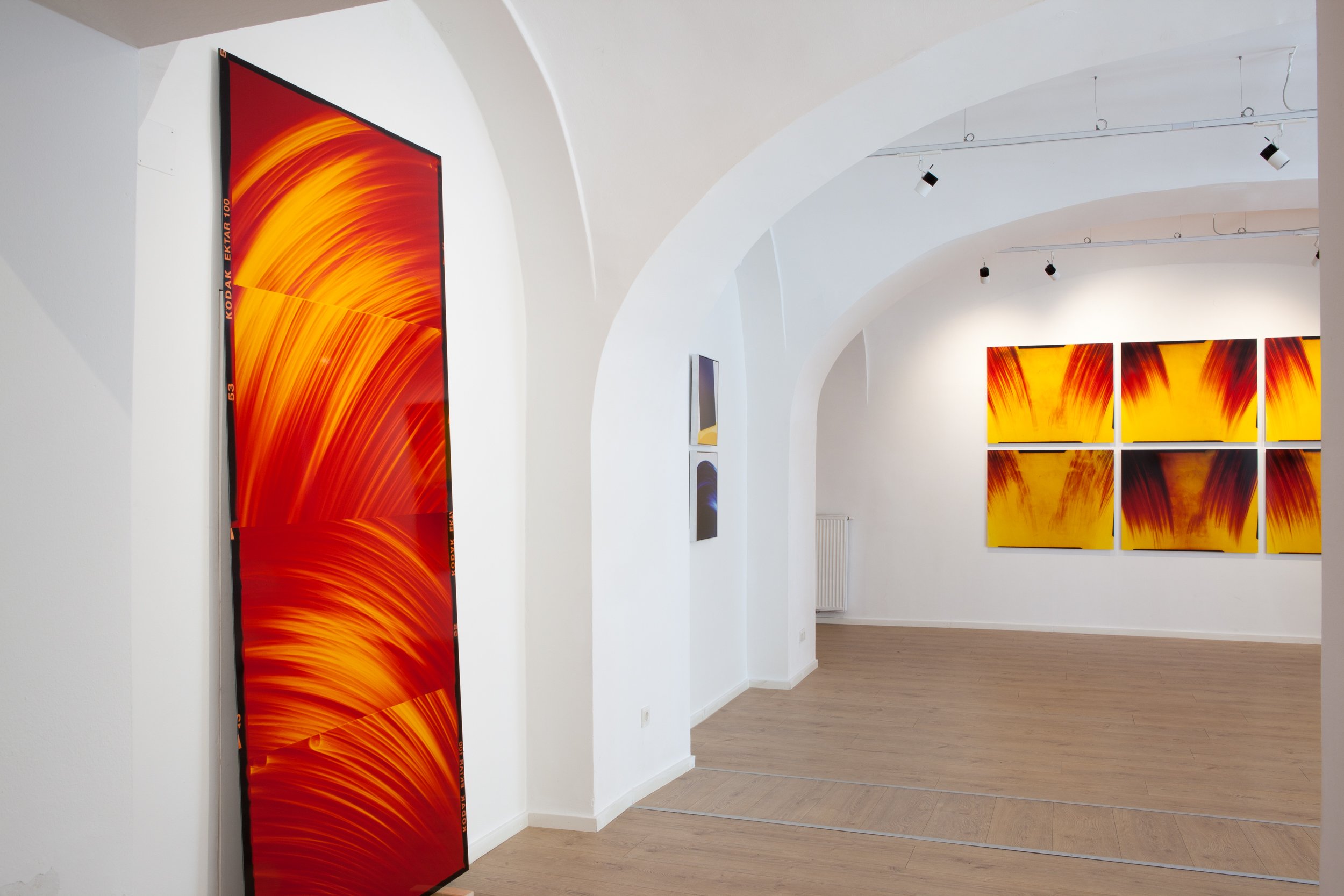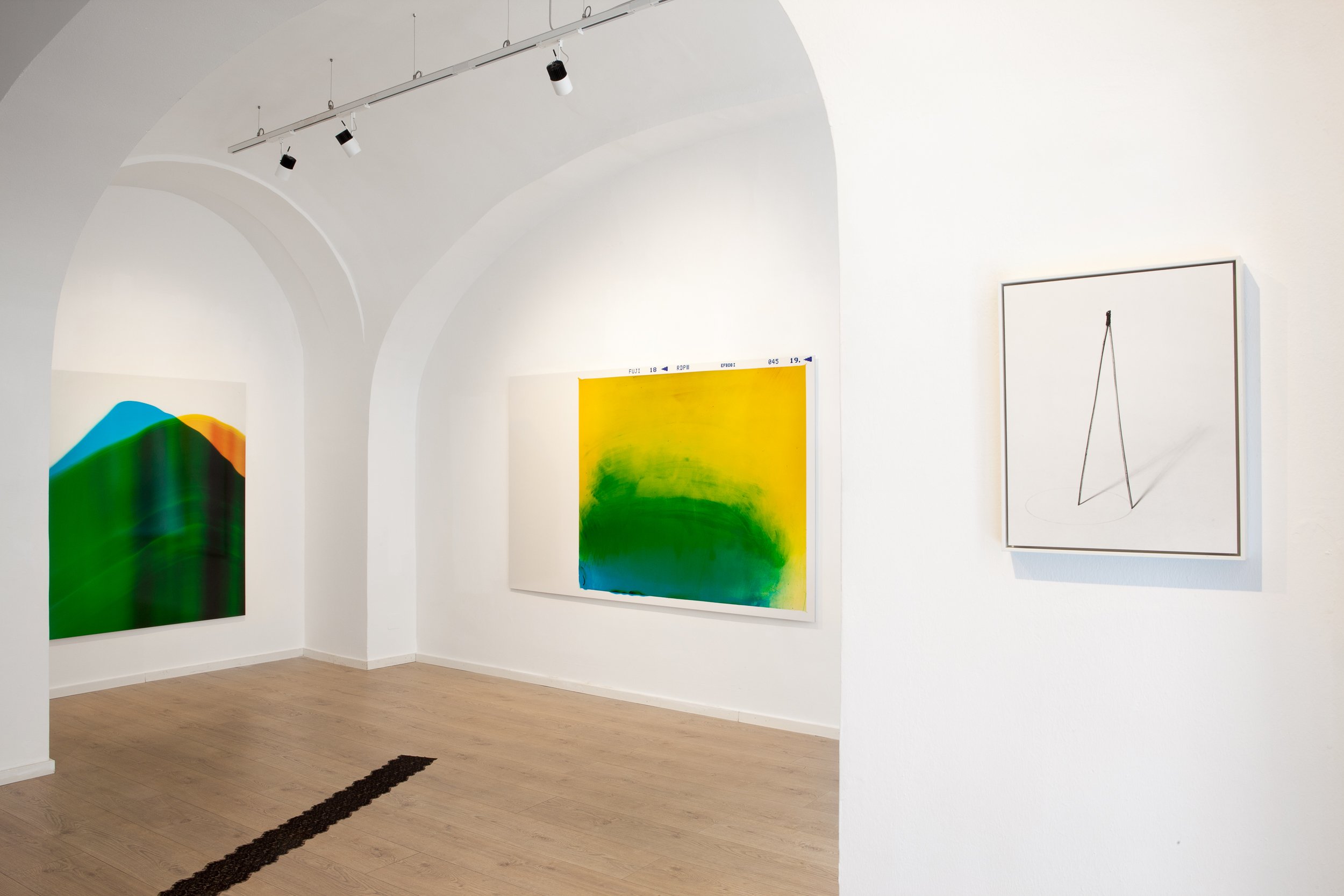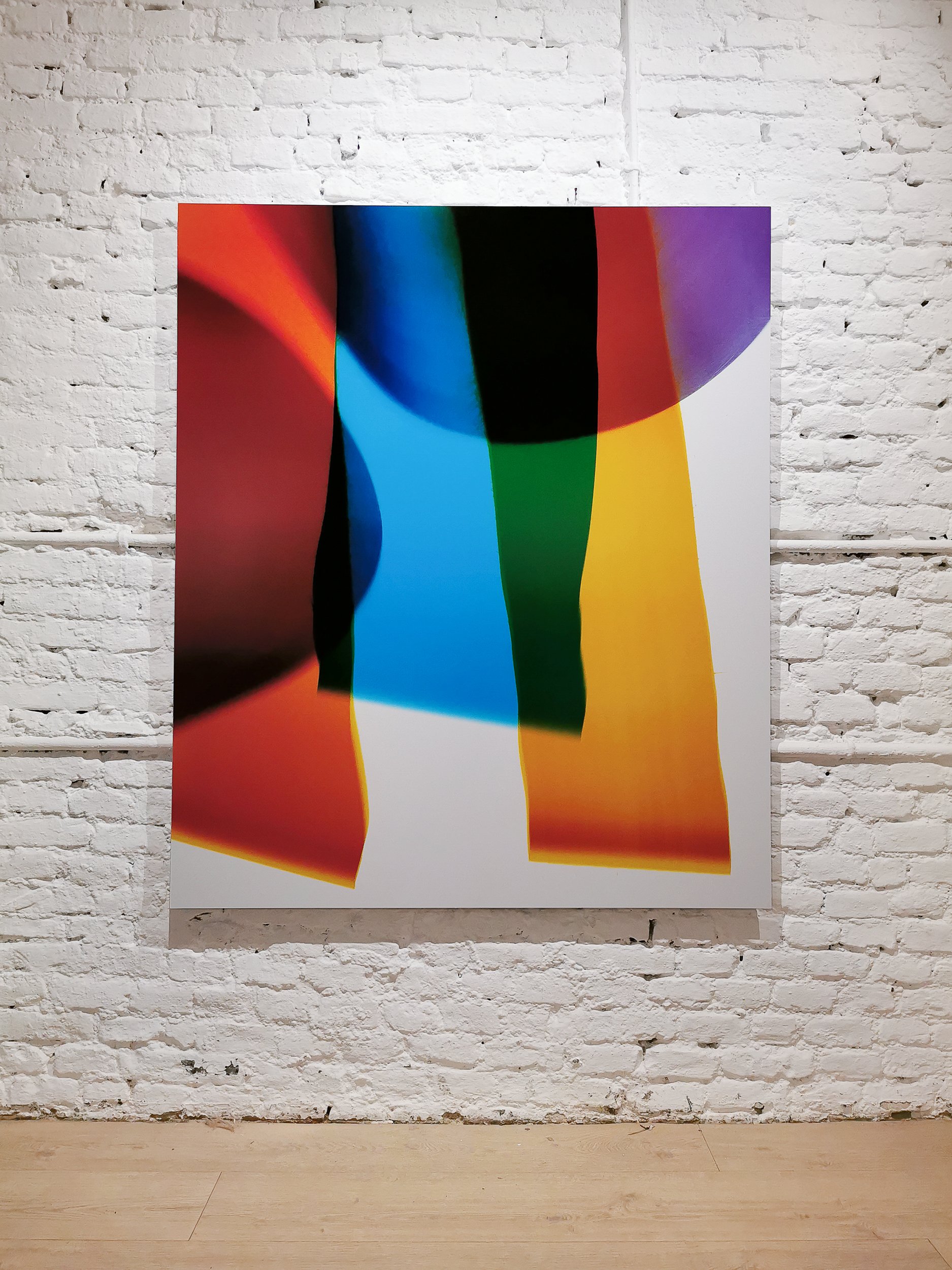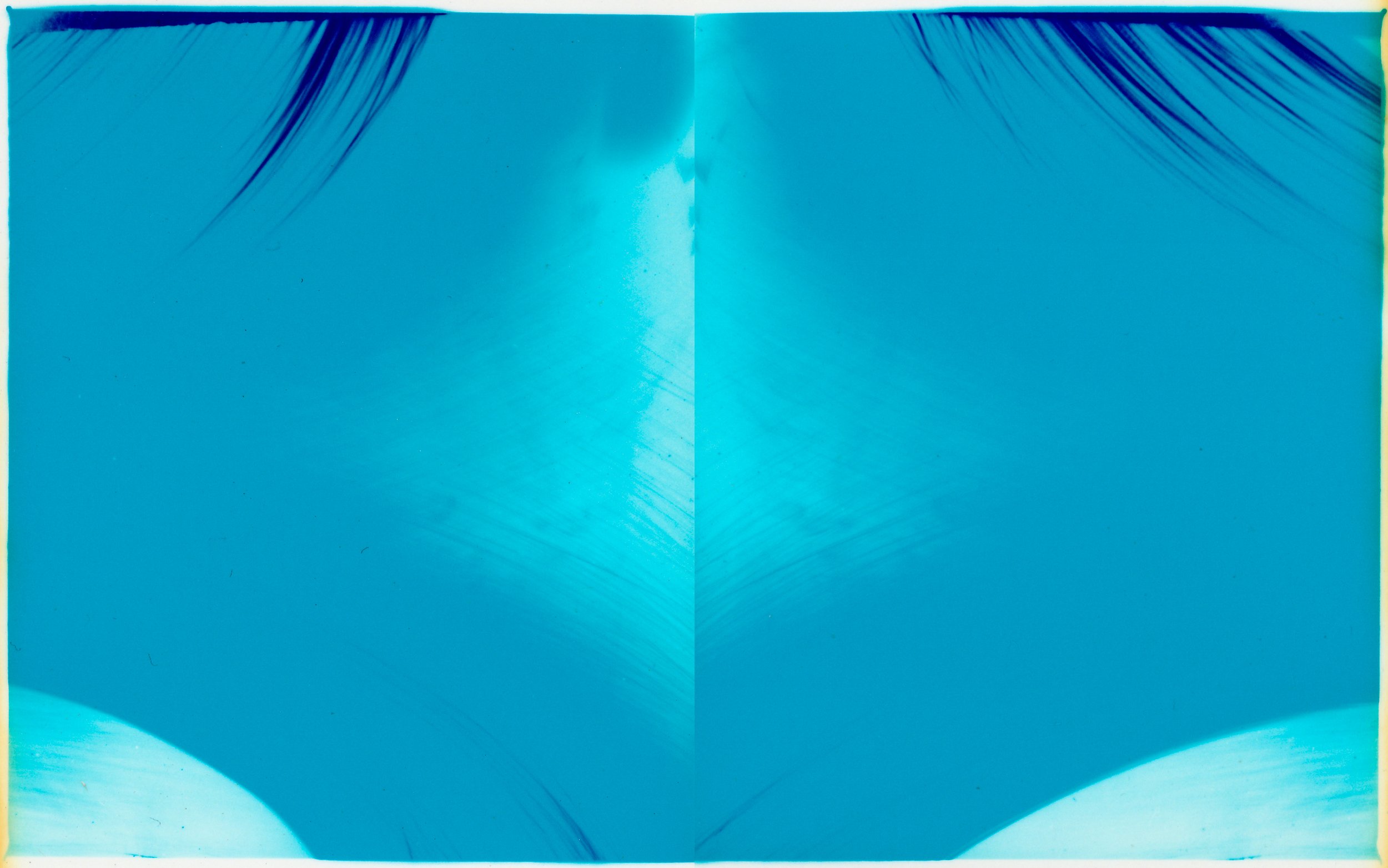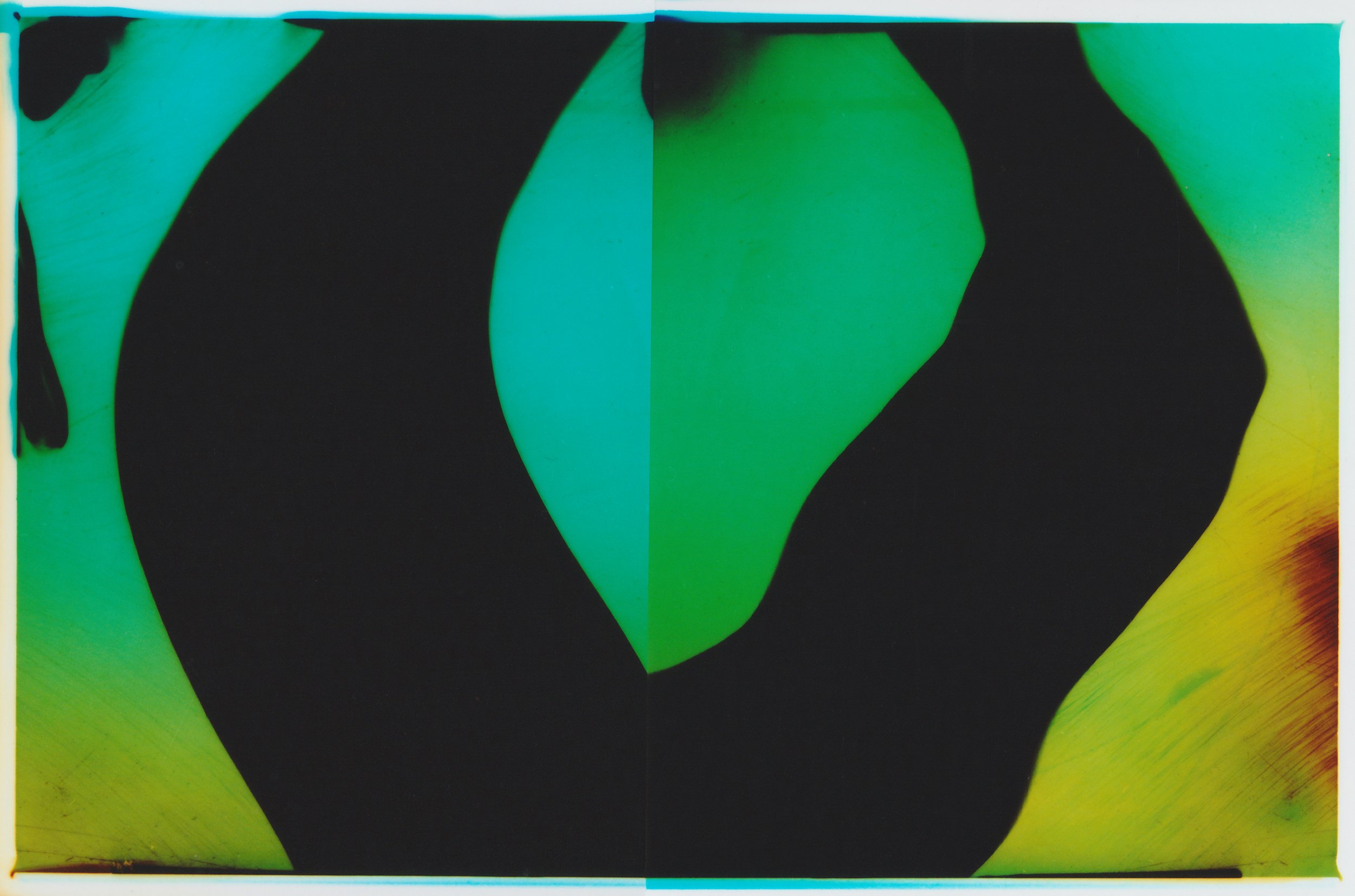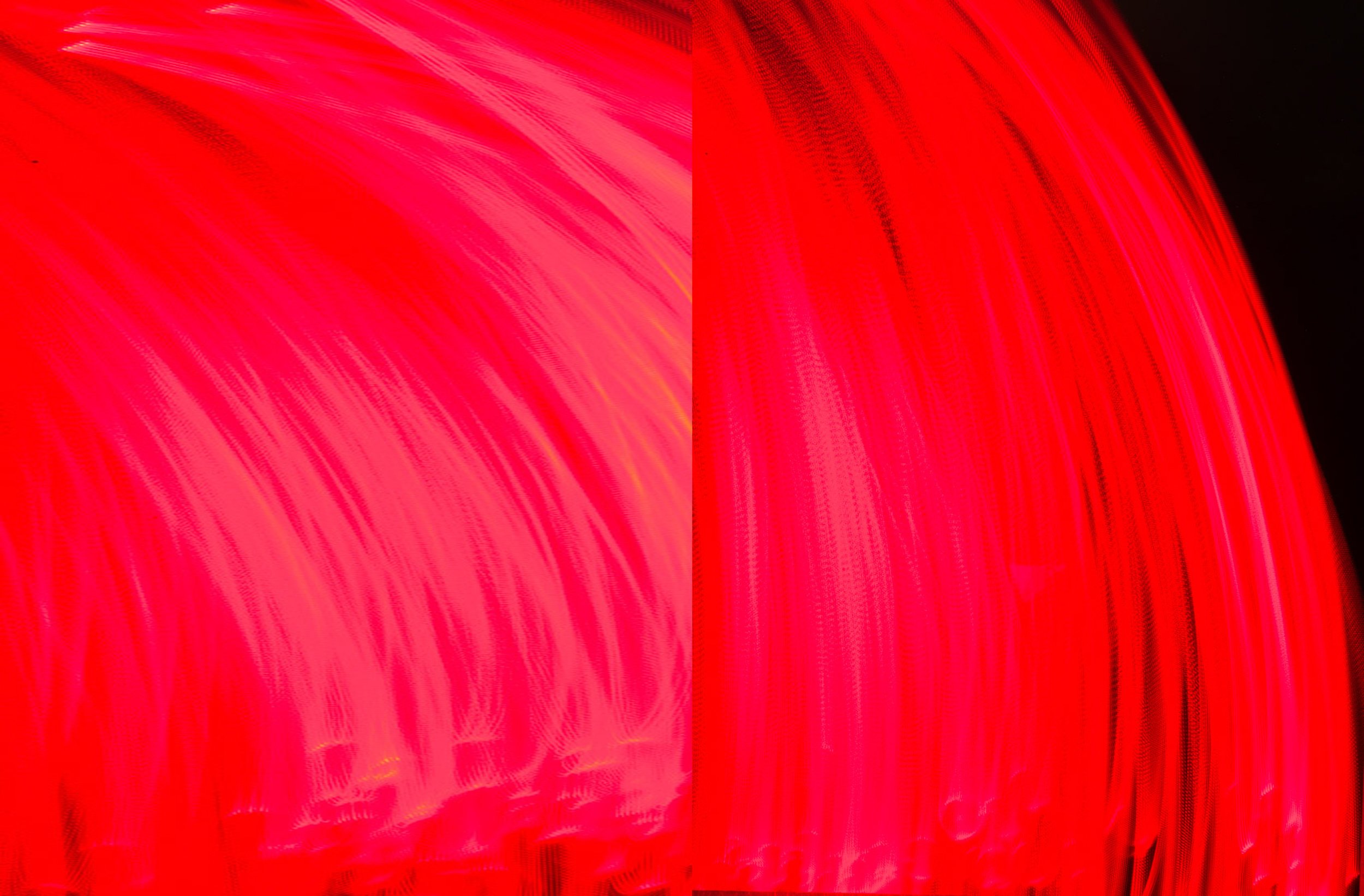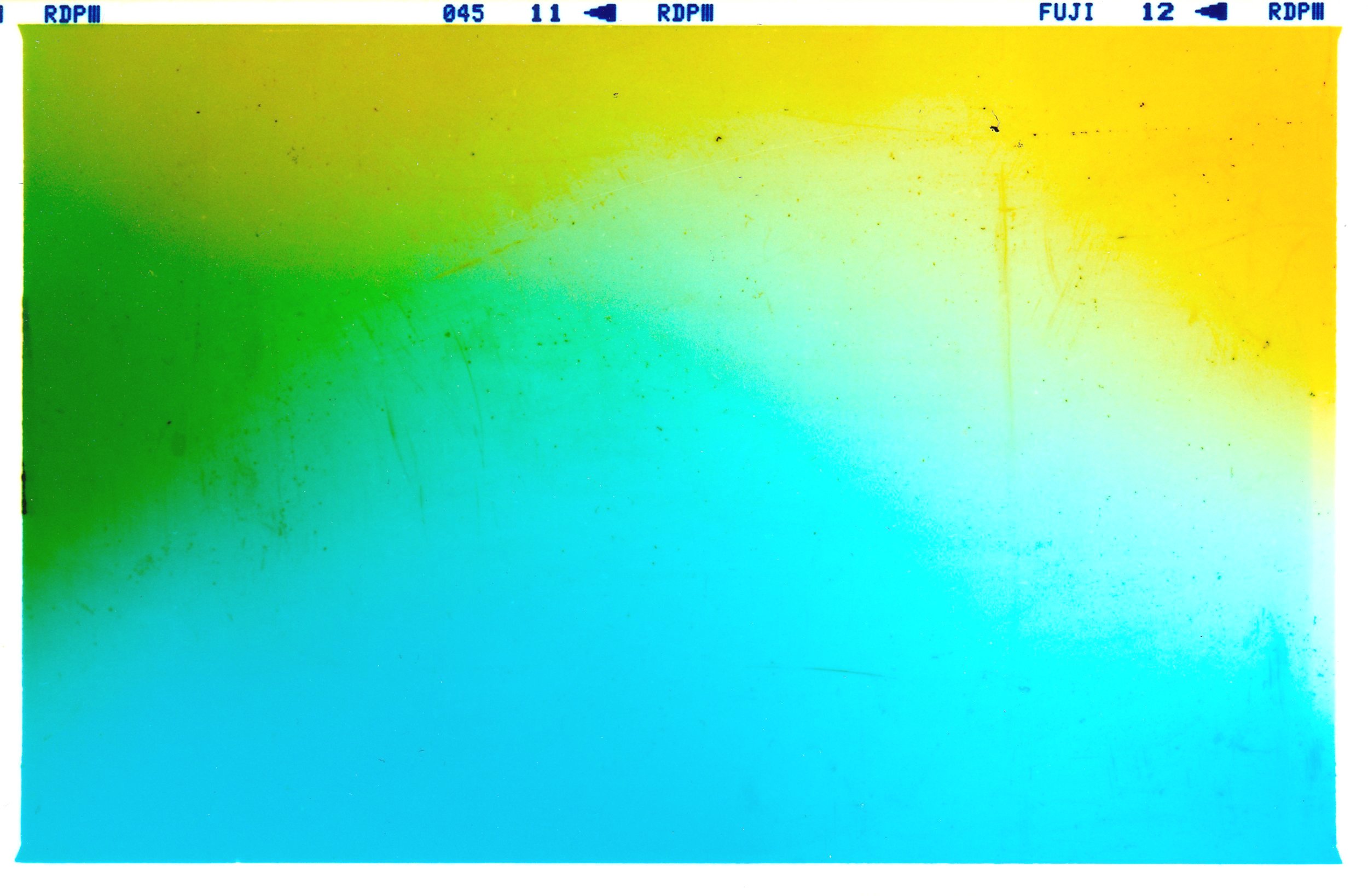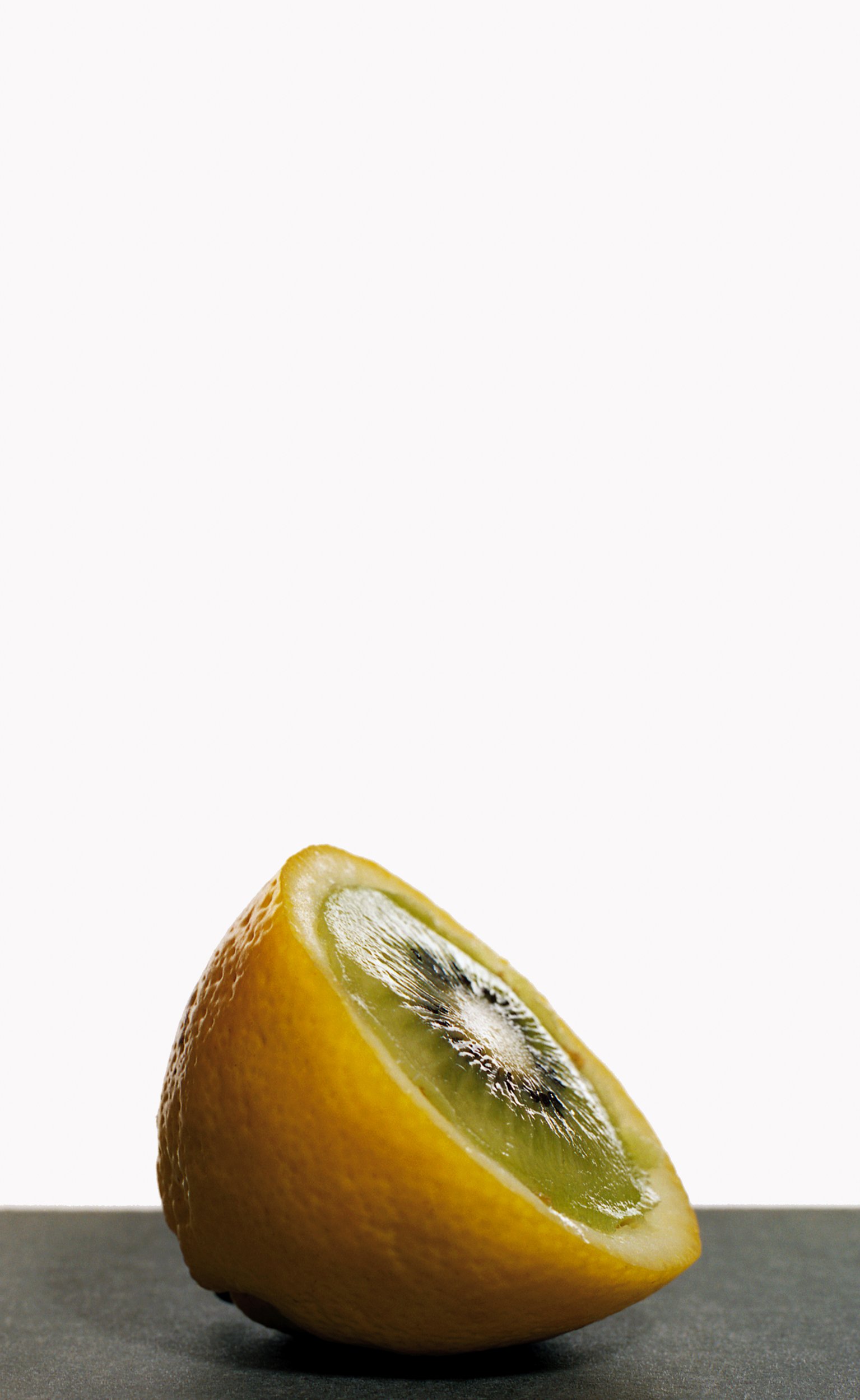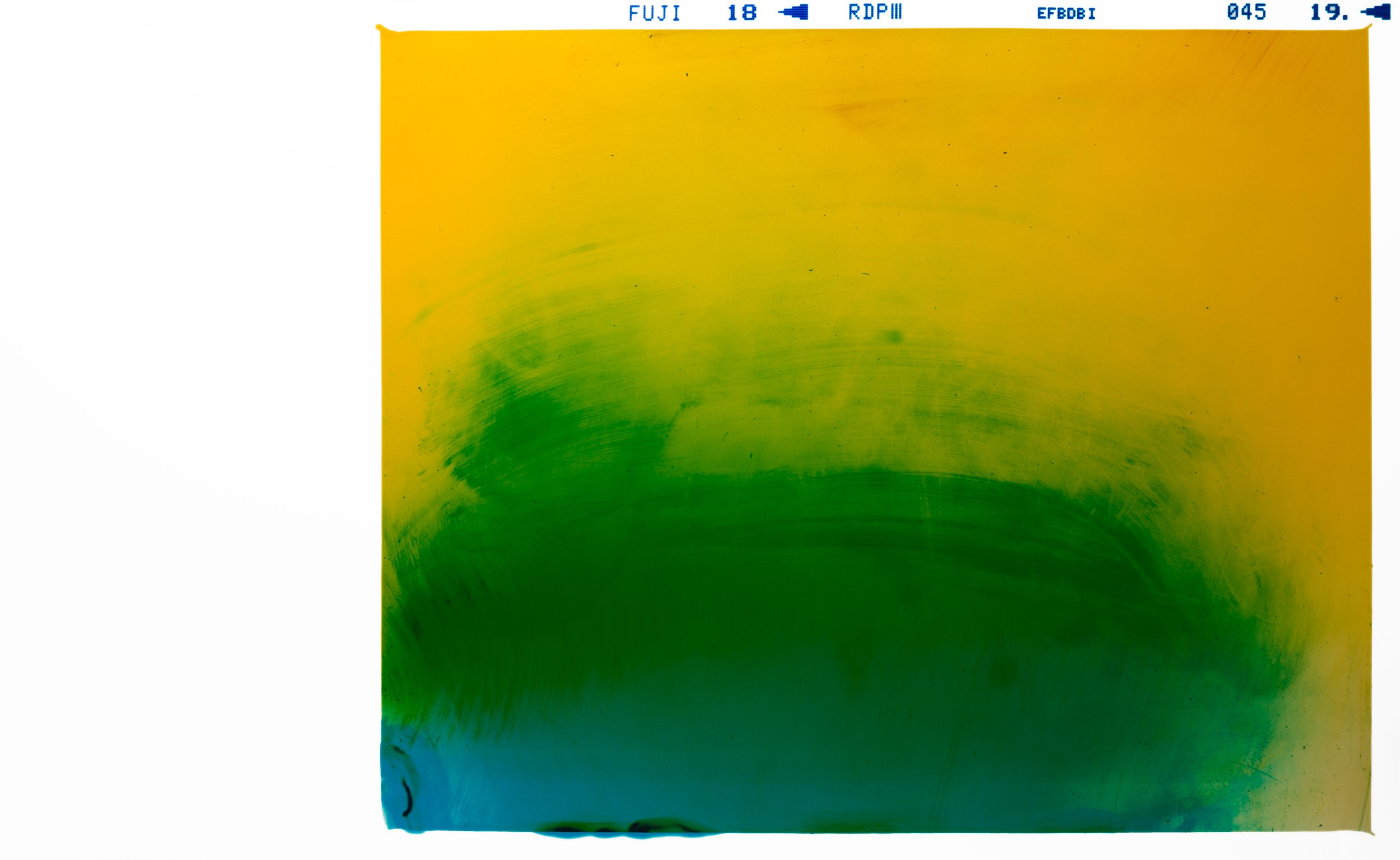Interview
Florian Herzog
Florian was born in 1978 in Vienna, Austria, and raised in Vorarlberg with an international perspective. He is always looking for the unknown, the spectacular or the unexpected. He pushes boundaries, and photography is always part of his work.
Florian reduces the pictorial quality of photography to absurdity. The realistic depiction of banal things in unexpected and exciting contexts inspires him.
Florian's works revolve around central questions of photography: momentary and process, depiction and construction, concept and experiment.
Could you tell us about your background and how you started your journey in the art world?
“I studied at the School for Artistic Photography in Vienna from 2002 to 2005. Working at a photo lab in Vienna between 2005 and 2008 taught me more than I ever thought possible about the art of crafting images, and taking concern about the right photo-finish of artworks for professional artists.
In 2007, I established my atelier and studio in Vienna, finding the right place to develop and produce my artistic ideas, and to meet up with creative people.
In 2008, I attended classes at the Rocky Mountain School of Photography in Montana, USA. I emerged with the confidence and know-how of a well-rounded photographer.”
“I’m an artist - one of a kind. I found my own unique way to capture the moment. Instead of taking the easy way of using all the fantastic tools the digital world offers us today, I opted for the traditional craftsmanship of analogue photography. This technique is about capturing the moment as it is. There is no margin for change after you’ve opened the shutter. With this authentic style combined with my love for detail, I am able to grow my artwork out of my imagination and fantasy.”
What inspires you most?
“In 2008 I started the ‘thing-objects’ series, which is inspired by quotes and metaphors, and challenges perception. The high-resolution images seduce with sensuously protruding surfaces that are fed by the lighting of things.
But these do not want to be what they are. At first glance, the photographed objects are surreal hybrid creatures. On second glance, they are perfidious constructions. My word-picture games are reminiscent of the art and wonder chambers of the late Renaissance, or René Magritte's language-based paintings.
The realistic depiction of banal things in fantastic, unexpected and exciting contexts and relationships inspire me just as the surrealists once did. I assume that my creations have a will of their own. If they ‘don't want to be the things they are’, I enable them to have a second life in photography.”
“The theme that has pervaded my work for many years is making things visible that do not want to be
what they are. Works from my second portfolio „Lightpaintings“ are no exception and are part of the
question. The ray of light becomes a brushstroke, the absolute darkness becomes a white canvas and
blue, for example, becomes yellow. Nothing is what it seems, the photo becomes a painting. I paint
with light. Luminous colors, soft, gestural movements, structures and grains are characteristic of my
latest works. Although they were created as abstract compositions, they are reminiscent of
landscapes, stained glass windows, and generally figurative elements. In monumental large or
medium format, as luminous window films or hung in series, my latest photographs get to the
bottom of the process of photography.”
What themes do you pursue? Is there an underlying message in your work?
“I constantly ask questions about the status of photography. To this end, I explore both the fundamentals and conditions of photography, and combine the imaging function of photography with a strongly conceptual approach. A smile and theoretical analysis do not have to be opposites per se, but rather combine in my works to form poetic statements.
For me, poetry is the key to a new point of view. As such, the right portion of irony and humor is essential. My ‘thing-objects’ series reveals many messages if you start to read in-between the lines. Mainly, the conceptual approach in both series can be seen as the red line.”
Which artists influence you most?
“For my ‘lightpainting’ series, I was highly inspired from the large scale paintings by Morris Louis. He was not very well-known, but after his death he gained worldwide recognition. He believed in what he was doing, and I think he knew that one day people would recognize him as a talented artist. I love his works because of the way he poured colour on the canvas, and the arrangement he chose, leaving white canvas edges empty. The monumental-looking pictures exude a certain calm.
Also, Helen Frankenthaler’s colour field paintings combined with some tiny strokes inspire me a lot. I love the vivid colours she used. For my ‘thing-object’ series I was inspired by masters like Dali, Magritte, and Erwin Wurm.
I also spend a lot of time on social media and am inspired by young artists in the community. I love to combine and try out different styles constantly. For me, it is difficult to stay true to just one style because I’m influenced by many different aspects. Also, spending time painting with my 7-year-old son really inspires me. His unbiased lines are tricky to copy. (laughs)”
“One of my demands on my art is I want an object to be something other than what it is. What is to be understood is that the design of everyday objects is created through creative combinations, through reduction or addition.
I ‘find’ my objects, tear them out of their previous functional and meaningful context, and thus encourages new ways of looking at things.”
How would you describe your work?
“I create an abstract reality. My focus lies on deceiving the viewer and simultaneously granting a new angle of view to the things. Inspired by my surroundings and visual capability to connect ideas and objects, I create images which look very simple at the first sight. But the more you look at them, the more you discover details and the passion I have put into a single click to capture my vision on paper.
Simple though very sophisticated; herein lies the challenge I’m scouting for. I want the perfect harmony without the viewer taking notice of the effort that has been put into the meticulous preparation of my works. What you see or need to discover was placed by purpose; nothing is casual. You might not discover at first sight what I want to tell you. You just feel good watching it. However, once you start discovering the picture and story behind, you will feel thrilled.
The beauty of my works is the simplicity that fills your own personal emotional spaces.”
What is your creative process like?
“I feel like I’m always tapped into the creative process. I move through my environment with open eyes and try to find details that fit my themes. Fleamarkets are hotspots for finding new things to use in creating object sculptures. When I see something interesting, I start thinking about how to combine it with other things to create a visual poem. Thorough consideration of shapes and material is essential in this process, as you can feel it on the final print. In my studio, I try to bring all things together and drape them to finally photograph. The choice of film, whether colour or black and white, is essential to getting the right outcome.
When spending too much time with my objects, I need to escape by painting some lightpaintings. Painting with light is more intuitive and is quite a contrast to my work with object-things. My landscape-like paintings are abstract and conceptual, associated with a sense of freedom.
The first shots are made in front of my digital camera until I know the right movement, the right exposure time and the colour of the lights to use. When the programming is done, I take my analog camera and paint on film. I slip into a double role: I act as the photographer and as the painter. It is my body, my gestures, my movements that are captured on slide film. Moods and physicality are depicted in serial photographs. Despite all preparation and conceptual penetration of my actions, the principle of chance always remains preserved.”
What process, materials and techniques do you use to create your artwork?
“In my ‘lightpainting’ series, the special attraction comes from the painting-like character of my method. I use a technique with which I can move like a painter within the color palette, without having to leave my artistic discipline or my subject.
During a long exposure, I stand in front of the lens in absolute darkness and move a light source, for example a flashlight. Colored light lands on light-sensitive material. The result after development is the light choreography that has become visible during exposure. The series is both a conceptual and aesthetic triumph.
In my ‘thing-object’ series, I build a work of art out of everyday objects through simple interventions, usually by combining two ‘objet trouvè’ with one another in order to then photograph it. I create a symbiosis between the objects and assign to the objects a new identity and function. The surreal worldview that emerges challenges the viewer to break through his perception patterns in order to get involved in the ‘new reality’, which leads to an ‘Aha!’ experience.
As you can see, despite my two different art series, it's all about photography and all of its possibilities.”
What’s your favourite artwork and why?
“The first object that I photographed was the ‘Kirone’, a kiwi in the peel of a lemon. It was going to rot over time, so I decided to photograph it. This was the best decision because photography was the only real way to put a stop to transience in this case. With the photo, I literally made the ‘Kirone’ immortal. This photo sparked an idea in me, and thus the ‘thing-objects’ series was born.
Regarding my lightpaintings, I’m a big fan of ‘EFBDBI’. I named it after the initials code on the film because it was one of my first big prints I made, and the colours turned out even more vivid than on the sheet copy. The painting reminds me of an abstract expressionist landscape.”
What is an artist’s role in society and how do you see that evolving?
“People around me tell me that they would like to have the ability to see things like I do; the ability to think outside of the box and swim against the mainstream. Being free-spirited is a definition that I think has a recognized value in our society. Art is a welcome change, especially when it comes to escape from everyday life or the search for new concepts of thinking. The artist takes an important, and unfortunately often underestimated, role in our society. Especially now in times of crisis, we feel more and more often the desire for art to soothe our emotional side again.
But also, political and environmentally critical questions are passed on to the artists, so their opinion is important. Artists are more and more becoming influencers on an emotional basis.”
Websites: www.florianherzog.com
Instagram: @florianherzog_art



